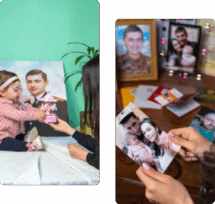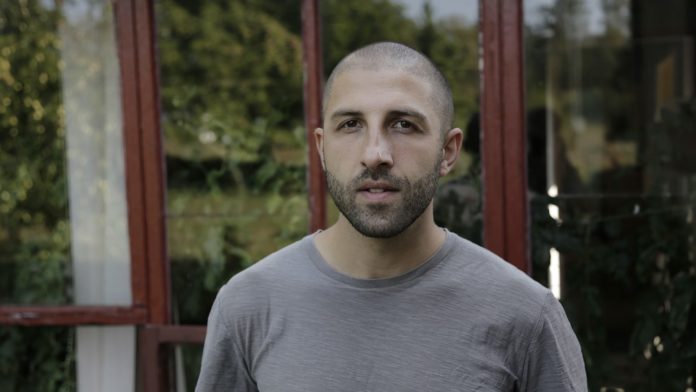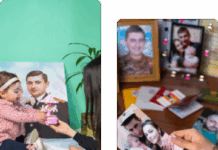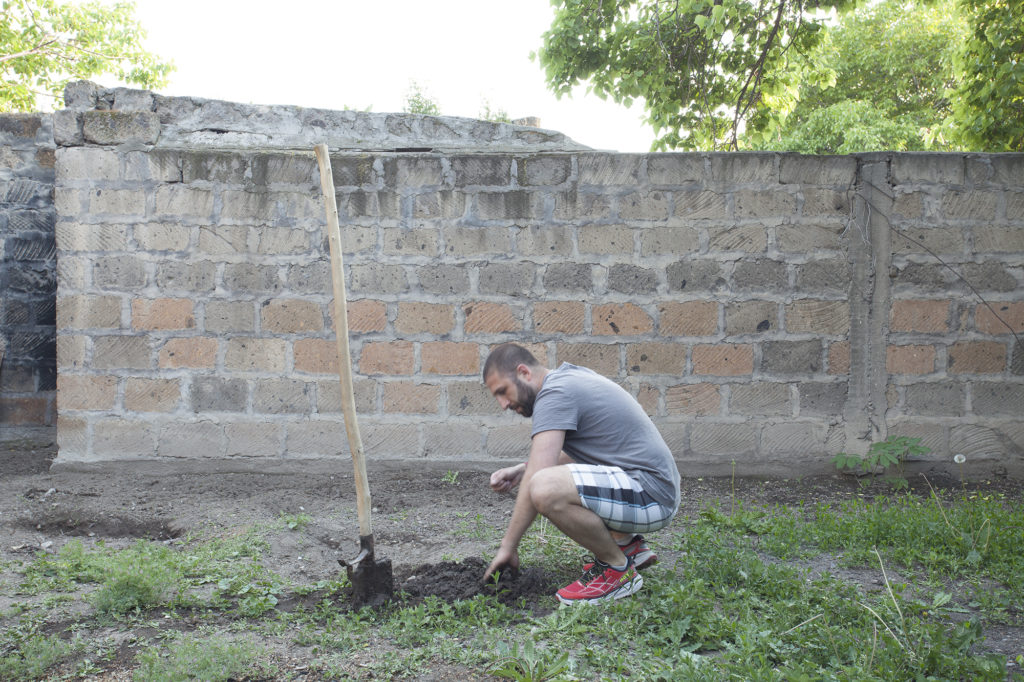YEREVAN/RIGA — I met Latvian photographer Georgs Avetisjans at the end of April in Yerevan, at the height of the Velvet Revolution. Yet the purpose of his visit was not connected with this historical event, but a planned project and the simple desire to get acquainted with the country of his paternal ancestors. Georgs’ two sisters and brother-in-law were with him, accompanying him sightseeing, meeting interesting people and participating in public actions. Months later, I received Georgs’ gorgeous photobook of his last exhibition, “Homeland,” featuring landscapes and portraits from the Latvian village of Kaltene which present its recent history from World War II until the end of the Soviet Union in 1991 via interviews, notes and archival imagery.
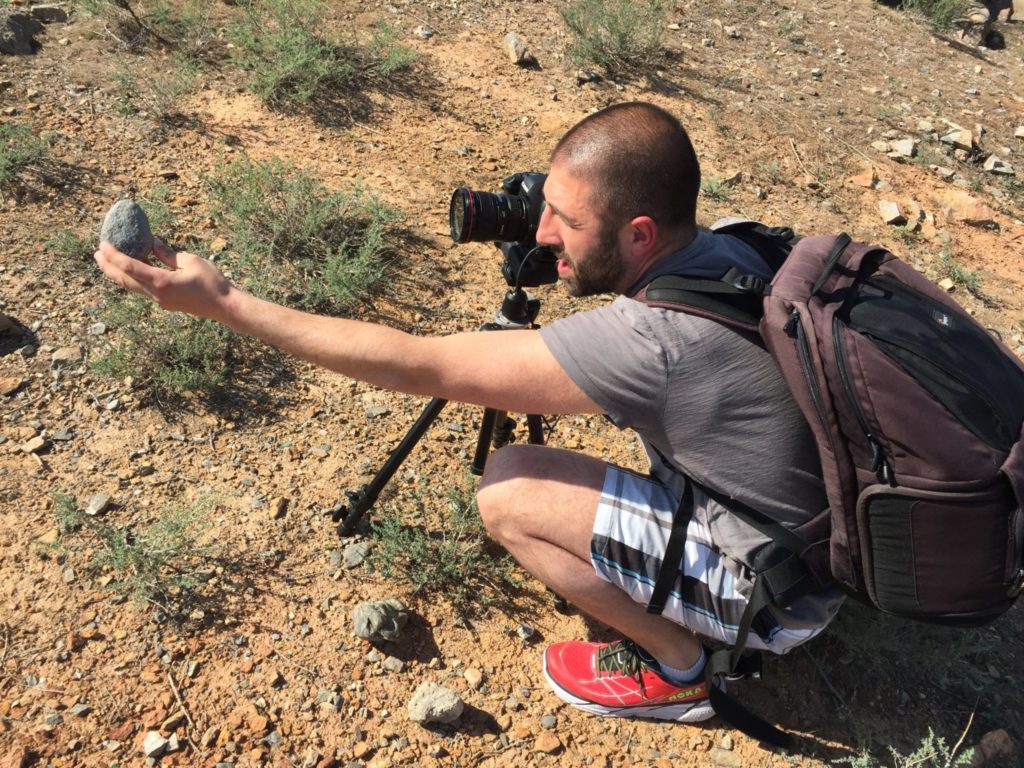
Avetisjans was born in 1985 in Riga; he graduated from the University of Brighton (UK) in 2016 with a Master of Arts degree in photography. He has lived in the US and the UK for seven years, and had several exhibitions in Latvia, Italy, China, Netherlands, Austria, Slovenia, Slovakia, France, Denmark and the UK. Most recently selected for the Magnum Photos Graduate Photographers’ Award 2017 in partnership with Photo London and RBB Economics, he won the Second Prize “Different Worlds 2017” at Photon – Centre for Contemporary Photography in Ljubljana, Slovenia, which showcased recent works of ten young and emerging contemporary photographers from Central and Eastern Europe. In July 2018 the photobook Homeland: The Longest Village in the Country was published by Milda Books during the opening week of Les Rencontres d’Arles in France, and it will be launched officially together with a solo show at the Latvian Museum of Photography in Riga.
My conversation with Georgs concerns his creative life, photography, and art, as well as his ties with Armenia.
Georgs, you studied photography in prestigious schools in the USA and the UK. What did this give you which you could not obtain in your native Latvia?
In Latvia it was not possible to get an MA degree in photography and we don’t have as strong and qualified professionals as in the UK or in the US, so I decided to move abroad. It was also an opportunity to strengthen my academic English and challenge my writing and reading as well as translating from one language to another – especially for my final MA dissertation and body of work, which was closely related to my home country in Latvia. Study abroad gave me discipline, shaped my beliefs and helped me to expand my visual and critical thinking as well as writing. It has opened completely new horizons, points of view and new ways of approaching my individual practice as a visual storyteller. The course has developed my research capabilities, aesthetic control, critical thinking and improved my academic voice and understanding of how to read, review and analyse other photographic works.
In Latvia we also have a really great institution called International Summer School of Photography (ISSP), which is a non-commercial platform for contemporary photography acting internationally offering high-quality alternative education and networking programs for emerging photographers around the globe. Since 2006, ISSP has yearly run the International Summer School of Photography, initiated local and international education and exchange programs, produced exhibitions, publications and festivals with qualified and renowned professionals worldwide, and, most importantly, gathered a thriving community of emerging photographers in Latvia and internationally. I’ve participated at the ISSP in 2015 and 2018, and in 2018 I was invited as a guest lecturer for their ISSP School students.
